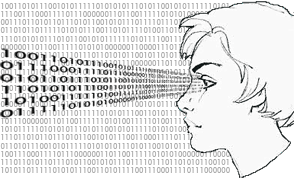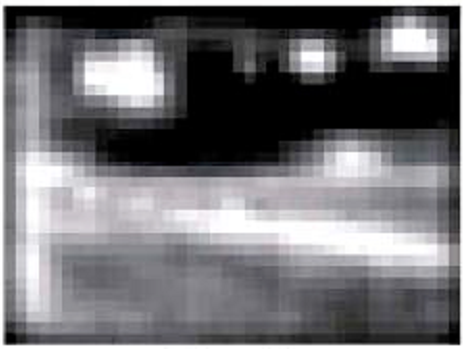(This is part 2 of my first attempt at doing one of those “series of posts” things. Part 1)
The brain handles information overload by filtering and chunking the data that streams in from sense organs. Every moment of your life, megabytes of data are streaming into your brain. The data arrives to inform your sense of sight, hearing, smell, taste, touch, balance, and proprioception. Just one human eye delivers 10 million bits of data per second. [1]

You are blissfully unaware of most of that data. When you walk down a city street, the millions of pixels in your retina are reduced down to chunks like “person”, “sign”, “building”, “tree” and “car speeding towards me”.
Even with all that filtering, you still have a lot of choices for your attention. This is attention scarcity at the micro scale. Your brain, for all its greatness, has limited processing power. So it has evolved heuristics for optimizing the processing of these candidates for attention. The large object moving fast (the car) is going to get your attention. It’s so good, you might not realize that it can sometimes be fooled.
Here’s an example from researchers Itti & Koch (2001) showing an outdoor scene, and a saliency map — a visual display of what parts of an image the brain (or a model of the brain) has decided are most worthy of attention.

Visual Scene

Saliency Map
As your eyes dart around the original image, you are most likely to focus on the areas which are white in the saliency map.
Not to get ahead of myself, but note that blinking banner ads take advantage of these pre-concious attention rationing heurestics. You look at them involuntarily because your brain evolved in a world where sudden movement meant danger.
What is the thread that connects the very simple brain heuristics that give the saliency map above, to the eye-tracking heat map of Google we see below, to Google’s $151 billion market capitalization?
Eye-tracking map of Google